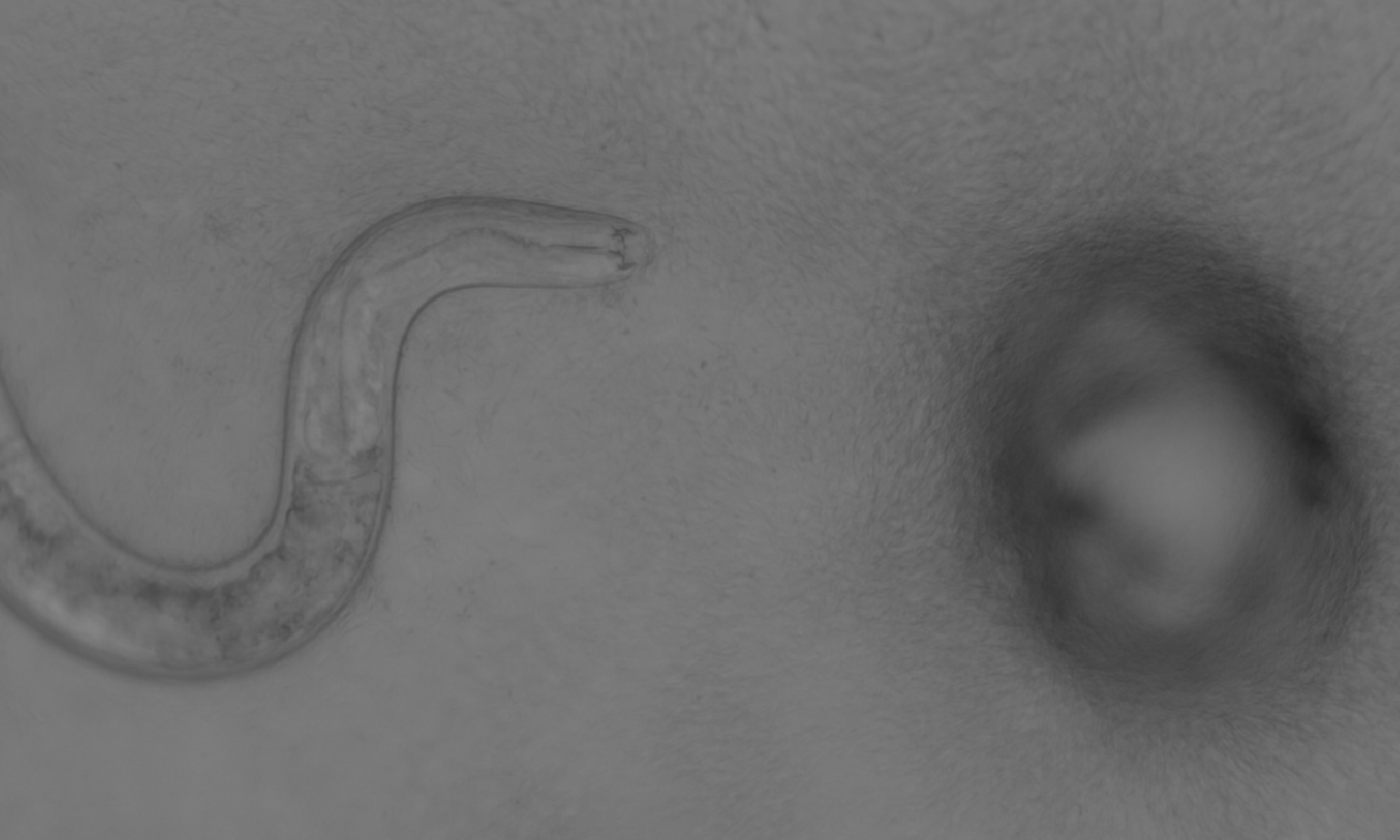
I am an evolutionary biologist who is fascinated by ecology and the way it can constrain or potentiate evolutionary patterns.
Conceptually, I am interested in the evolution of novelty and the origins of inter-species interactions, such as predation and parasitism. In the past, I have worked at the interface of experimental evolution and climate change, which I believe offers exciting possibilities to expand both fields. During my PhD in the Velicer lab at ETH Zurich, I studied microbial predation and microbial food webs. I am currently a postdoc in the ELM lab at the University of Liverpool.
Community evolution: In nature, organisms live in complex, interconnected communities, where evolutionary change is expected to have various knock-on effects. Such interactions may be mediated by positive or negative interactions between species or genotypes as well as by horizontal gene transfer. What are the roles of these forces in shaping community responses to environmental change?
Microbial food webs: Myxococcus xanthus is a social bacterium that swarms through soil and preys on other bacteria. But in the wild, M. xanthus is surely not the apex predator of its little ecosystem. How does the risk of predation by an apex predator affect the foraging behavior of a microbial mesopredator? Do M. xanthus’ social behaviors play a role in anti-predator defense?
Cheating and cooperation: Much thought has been given to the “Tragedy of the Commons,” or the problem of maintaining cooperation in the face of cheating. For the soil bacterium Myxococcus xanthus, this is an especially pertinent issue because many of its behaviors, such as swarming, predation, and multicellular fruiting body development, require cooperation. However, genetic divergence among strains may restrict the emergence and spread of cheaters in nature.
Adaptating to climate change: Carbon dioxide emissions drive ocean acidification, creating a new and challenging environment for many ocean organisms. One such is Emiliania huxleyi, a coccolithophore that is responsible for an estimated 25% of the total carbon sequestered by the ocean each year. Previous work has shown that E. huxleyi, which struggles to produce calcium carbonate scales under acidic conditions, can adapt to the changes predicted for the ocean. However, climate change models predict that the daily fluctuations in dissolved CO2 in regions that experience tidal effects will increase in magnitude, and we can expect that this will also impact organisms such as E. huxleyi. How will E. huxleyi and other key organisms adapt in an environment that is not only changing directionally but also becoming more capricious?
